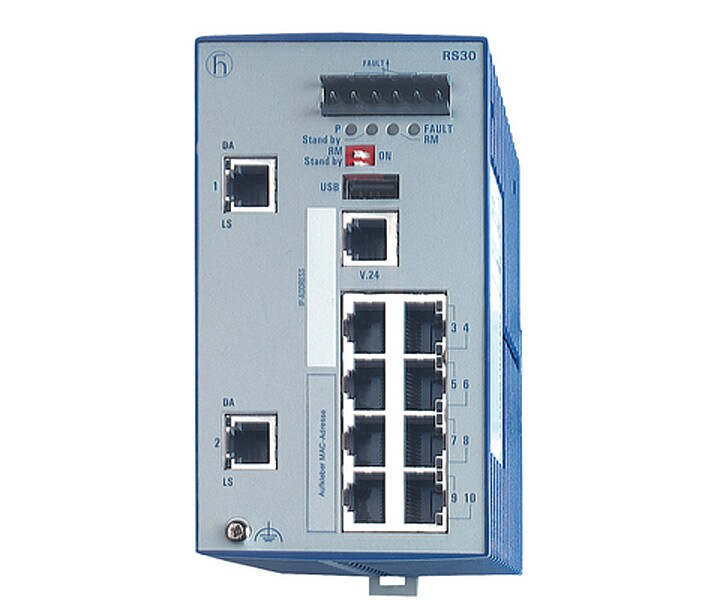

In many applications only critical equipment will need a dual network interface and less vital devices can be connected as SANs, with or without a redundancy box.Ī DAN P implementation controls the redundancy and deals with duplicates. SANs do not need to know anything about PRP, they can be standard devices. A SAN can alternatively be connected to a redundancy box (RedBox) that connects one or more SANs to both networks. Naturally, in this case, the device will have no redundant path available in the event of a failure. A standard device with a single network interface (single attached node, SAN) can be connected directly to one of the two networks. These two networks may have the identical structure or may differ in their topology and/or performance. An end-device with PRP functionality is called a double attached node for PRP (DAN P) and has a connection to each of the two independent networks. PRP is implemented in the end devices, while the switches in the networks are standard switches with no knowledge of PRP. Naturally this applies only provided both networks do not fail simultaneously. The principal advantage of PRP is its interruption-free switchovers, which take no time at all to switch over in failure situations and thus offer the highest possible availability. The two independent parallel networks may be MRP rings, RSTP networks and even networks without any redundancy at all. PRP uses two independent networks with any topology and is not limited to ring networks. This principle is employed by the parallel redundancy protocol (PRP), which is described in the IEC 62439-3 standard. If only one packet is received, the recipient knows that a failure has occurred on the other path. The redundancy monitoring protocol then makes sure that the recipient uses only the first data packet and discards the second. The sender uses two independent network interfaces that transmit the same data simultaneously. The basis of this new approach to network redundancy is to have two independent active paths between two devices. To fulfill such requirements we need to take an entirely new approach to the question of guaranteed high availability. Although a fast MRP ring can now cover a very large number of requirements, there are still applications that cannot tolerate any switchover time at all.


 0 kommentar(er)
0 kommentar(er)
